
By Aditi Dave, MD, and Jim Larsen
What happens in the body that causes aging? Scientists have discovered a fundamental process of aging in our cells that occurs on the strands of our DNA. This discovery won the Nobel Prize in medicine in 2009. This discovery is important to everyday life because we now know the speed of aging can move faster or slower and we have some control over the process. Aging can be seen to literally speed-up from stress and slowdown from meditation.
We have known for decades that meditation improved health by reducing stress, anxiety, improving cardiovascular function. Even beginning meditators report they feel calmer, happier, sleep better and have more energy. These benefits should be enough to encourage everyone to meditate as the cost and time involved is minimal compared to the rewards.
New research shows that the benefits of meditation are far greater than previously thought as it produces changes at the deepest level of our brain, cells, and DNA. In addition to living healthier and happier from meditation, the deeper changes could bring dramatic improvements in longevity and cognitive function in old age.
Meditation also helps us stay healthier throughout life, not just live longer. Our cells are always aging and the faster they age the more susceptible we become to disease, so the benefit of slowing the aging process also helps us remain healthier when we are young. The sooner we begin meditation the better, but research has found measurable changes in the brain after only 8 weeks of meditation, so it’s never too late to start. Studies on meditation have used many different methods of meditation and all were found to bring measurable benefits.
STRESS RESPONSE FROM THE REAL AND THE IMAGINED
A stress response is triggered by an overwhelming experience or perceived threat. If you need to run away from danger a stress response will help you run faster and farther, but at a cost. A stress response is also triggered by simply thinking of something that worries or disturbs us. We don’t have to actually face a threat, just imagine one. The physical release of stress hormones is the same whether the trigger is from a real event or an imagined one.
There has been a revolution in medicine… recognizing the interactions between the body and the mind, the ways in which emotions and personality can have a tremendous impact on the functioning and health of virtually every cell in the body.”
~Dr. Robert M. Sapolsky, neuro-endocrinologist, professor of biology, neuroscience, and neurosurgery at Stanford University, in Why Zebras Don’t Get Ulcers
Studies have found long-term activation of the stress-response can disrupt almost all the body’s processes and puts us at increased risk of numerous health problems. A 2002 press release from the National Institutes of Health states: “Stress hormones continue to wash through the system in high levels, never leaving the blood and tissues…[and] can have a hazardous, even lethal effect on the body.”
HOW AGING ADVANCES FROM STRESS AND SLOWS FROM MEDITATION
Scientists found that aging can be measured by the length of a protective cap on the ends of our chromosomes called “telomeres” and by the presence of “telomerase,” an enzyme that protects the telomeres from the wear and tear of cellular division. In 2009, Dr. Elizabeth Blackburn won the Nobel Prize for her discovery of telomeres.
The length of telomeres indicates the remaining lifespan of a cell, the amount that a cell can continue to divide and replicate normally. Telomeres naturally become shorter with age, but research shows this aging process doesn’t happen at the same speed for everyone. Shortened telomeres are associated with weakened immune system function, heart disease, and degenerative diseases such as Alzheimer’s and osteoporosis. Many diseases previously common only in the elderly are now affecting many young people.
Telomerase is an enzyme that prevents telomeres from becoming shorter. Plus it can also add length back to the telomeres, which increases cell longevity. Telomerase activity is a predictor of the long-term viability of cells.
A 2008 study showed that the stress hormone cortisol inhibits the activity of telomerase. The oxidative stress and inflammation which is the physiological fallout of stress appears to erode telomeres directly. Meditation is known to reduce cortisol.
A 2004 UC-San Francisco study led by Dr. Elissa Epel, that also included Nobel prize recipient Dr. Blackburn, found a significant correlation between shortened telomeres in subjects who lived with a lot of stress. The participants in the study were all pre-menopausal mothers caring for a child, including a group of caregivers who had a higher level of objective stress because of caring for a chronically ill child.
The greater amount of telomere shortening in the high-stress group indicates they had aged the equivalent of 9–17 additional years, compared with the low-stress group.
A 2013 Harvard Medical School study led by Dr. Elizabeth Hoge found relative telomere length was longer in women who practiced a loving kindness meditation compared to a control group that didn’t meditate. The longer participants had been practicing meditation the longer their telomeres were.
A study by Dr. Mary Armanios, MD at the John Hopkins School of Medicine, looked at the telomere lengths of over 2,000 Native Americans. Those who had the shortest telomeres were more than twice as likely to develop diabetes during the following five and a half years.
Dr. Elizabeth Blackburn, the scientist who won the Nobel prize for discovering telomeres, states, “If people could see the impact of stress on their telomeres, they would have the motivation to change their lifestyle and be more willing to embrace a yoga or meditation practice.”
AGING CAUSES BRAIN LOSS AND COGNITIVE DECLINE – MEDITATION REVERSES BRAIN LOSS
Studies show that after the age 35 there is a steady loss of brain volume, beginning at about 0.2% per year and accelerating to about .5% at age 60. After 60, the loss per year is even higher. This loss of brain volume contributes to early cognitive decline and premature death.
Those who meditate have been found to gain brain volume instead of losing it. In a 2007 study, neuroscientist Richard Davidson at the Center for Healthy Minds at the University of Wisconsin-Madison, found an increase in grey matter and cortical thickness in key areas of the brain in meditators. Increased activity was also seen in brain regions used for paying attention and making decisions.
In a 2009 study published in the journal NeuroImage, researchers at UCLA used high-resolution MRI imaging to scan the brains of people who practiced various forms of meditation compared with a control group. All the meditators in the study showed significantly larger volumes in regions of the brain known for regulating emotions. The control group did not show any areas of the brain with significantly larger volumes or more gray matter than the meditating group.
In 2011, a team led by Harvard-affiliated researchers at Massachusetts General Hospital reported the analysis of MR images taken 2 weeks before and after an 8 week meditation program. They found increased gray-matter density in the hippocampus, known to be important for learning and memory, and in structures associated with self-awareness, compassion, and introspection.
BREATH-BASED MEDITATION SHOWING EFFECT ON GENE EXPRESSION
DNA is the blueprint of our physiology, and epigenetics is the field of study of how genes turn on or off in response to environmental and lifestyle cues. For all physiological and pathological processes, gene expression determines the final state of cells and their function.
A study on SKY Breathing Meditation found the practice immediately affected gene expression. This study compared gene expression after a session of SKY Breathing Meditation compared to a control group that went for a walk in nature and listened to classical music.
The findings showed four times more genetic expression in the SKY Breathing Meditation group than the control group and about 85% of the genes that were turned on or off were different than the control group. These genetic expression changes seemed to be global changes occurring very rapidly (within 2 hours of the SKY practice) and were associated with a 2.5 times longer life span in the white blood cells studied.
BREATH-BASED MEDITATION BOOSTS THE BODY’S ANTIOXIDANT DEFENSE SYSTEM
Another impressive finding was how quickly SKY Breathing Meditation achieved physiologic boosts in the cellular anti-oxidant defense system that protects us from “free-radicals” that accelerate cellular aging. Free-radicals are generated in the body naturally from essential metabolic processes and also from exposure to the environment (air pollution, x-rays, industrial chemicals and ozone to name a few).
Antioxidant enzymes such as superoxide dismutase, catalase, and glutathione are the body’s way of scavenging free-radicals before they damage cells. A balance between free-radicals and antioxidant enzymes is essential for proper physiologic function. Stress increases free-radicals and if they exceed the body’s ability to regulate them, oxidative stress ensues, leading to altered lipids and proteins and damaged DNA, which can then trigger pre-mature cellular death leading to accelerated aging and disease.
One study on SKY Breathing Meditation looked at 42 practitioners who had practiced SKY for 1 year versus non-practitioners. The study took blood samples of each group and narrowed in on a particular white blood cell (the lymphocyte) and its antioxidant enzymes, as well as cell longevity.
The results showed a significantly better anti-oxidant status for all these antioxidant enzymes studied and an associated prolonged life span of the white blood cell, suggesting a powerful, positive effect on improving the antioxidant mechanisms of anti-aging in the body through SKY Breathing Meditation.
Another promising study looked at 24 healthy males from Police Training College Delhi, India. The study evaluated antioxidant levels in practitioners of SKY Breathing Meditation as compared to non-practitioners. The results found significantly improved antioxidant enzyme levels in practitioners of SKY Breathing Meditation at 5 months as compared to non-practitioners.
MEDITATION CULTIVATES A CALMING RESPONSE
When stress responses are triggered chronically, less and less of a trigger is needed to set-off another one. When meditation is practiced regularly, the opposite trigger can be cultivated in the system. When a stress response occurs, a meditator might simply take a deep breath, or consciously bring their attention to their mind or body and a calming response is spontaneously triggered thereby quickly reversing the stress response.
Long-time meditators show less activity in an area of the brain known as the “default mode network,” which is linked to self-centered thinking. A brain imaging study at Yale University found people who regularly meditate switch off areas of the brain linked to such states as daydreaming and anxiety.
An EEG study at the Norwegian University of Science and Technology studied an effortless form of meditation where there was no attempt to control the content of the mind. They found marked changes in electrical brain wave activity associated with wakeful, relaxed attention when comparing the same subjects resting without applying any specific meditation technique.
NOT ALL MEDITATION IS THE SAME
In a wide spectrum of meditation studies a large variety of techniques were found to reduce stress to some degree. The most effective techniques bring a deep state of rest to the mind and body as shown by reduced cortisol in circulation, and a decreased sympathetic overdrive of the nervous system and brain. Depending on the technique, the meditative experience of a person and the regularity of practice, the depth of the immediate rest, and long-term benefits could be significantly varied.
Many simple techniques can bring a degree of relaxation while other meditation techniques take one well beyond relaxation to a state of deep meditation where the mind is quiet and may even have moments of no thoughts. Just a few minutes of such a deep meditative state can bring enormous benefits in rejuvenating the mind and body.
Many folks give up meditation because the hyper-stimulated mind interferes with quieting down. This is driven by the chronically sympathetic-driven nervous system, which is fueled by our demanding lives, constant multi-tasking, and over-stimulated environment.
If you identify with this, and are inspired to either learn meditation or deepen your current meditation practice, one user-friendly and highly efficient program is SKY Breathing Meditation. Using the breath is a naturally efficient and easy way to shift the nervous system and mental activity into meditation because of the direct connection between breath and mind.
——————
ABOUT AUTHORS
 Jim Larsen, M.Ed., has taught meditation and breathing practices since 1975. In 1990 Jim learned SKY Breathing Meditation and added this to his existing meditation practice. The results prompted him to travel to India to study with the founder of SKY. Jim currently teaches SKY and other meditation practices full-time with the nonprofit International Association for Human Values. Jim’s courses include special programs for military veterans (www.PWHT.org) and advanced meditation retreats for everyone. Jim has also taught prison inmates, trauma survivors in Haiti, and patient-centered wellness programs. His website is www.SKYbreath.org.
Jim Larsen, M.Ed., has taught meditation and breathing practices since 1975. In 1990 Jim learned SKY Breathing Meditation and added this to his existing meditation practice. The results prompted him to travel to India to study with the founder of SKY. Jim currently teaches SKY and other meditation practices full-time with the nonprofit International Association for Human Values. Jim’s courses include special programs for military veterans (www.PWHT.org) and advanced meditation retreats for everyone. Jim has also taught prison inmates, trauma survivors in Haiti, and patient-centered wellness programs. His website is www.SKYbreath.org.
 Aditi Dave, M.D., is trained in both internal medicine and pediatrics, specializing in hospital-based medicine. She has been faculty of internal medicine at both the University of Michigan and Wake Forest University School of Medicine. She has had a 20 year interest in meditation and breathing practices leading to a self-study in mind-body medicine, and teaching meditation and breathing practices for the past 8 years. She is also the director of physician wellness and patient wellness programs for the International Association for Human Values.
Aditi Dave, M.D., is trained in both internal medicine and pediatrics, specializing in hospital-based medicine. She has been faculty of internal medicine at both the University of Michigan and Wake Forest University School of Medicine. She has had a 20 year interest in meditation and breathing practices leading to a self-study in mind-body medicine, and teaching meditation and breathing practices for the past 8 years. She is also the director of physician wellness and patient wellness programs for the International Association for Human Values.
Photo credit: The incredible geodic artwork of Havoc Hendricks, an old neighbor, classmate, and all-around funny, talented human.
Related Posts on Daily Cup of Yoga
from Daily Cup of Yoga http://www.dailycupofyoga.com/2016/09/26/meditation-and-aging/
via
Holistic Clients


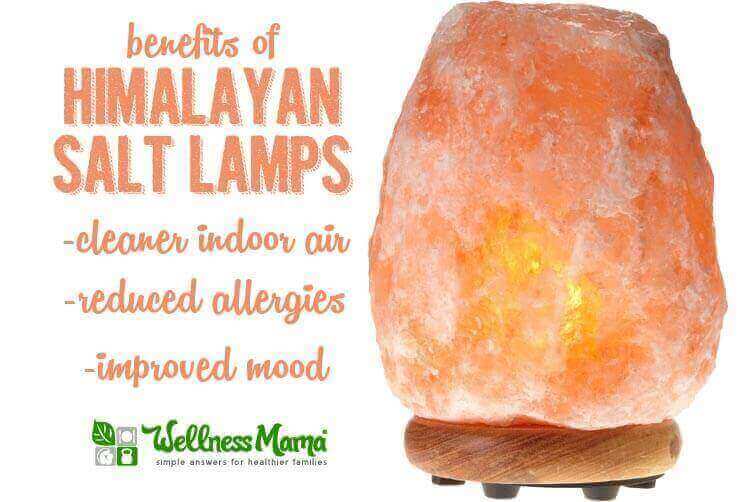
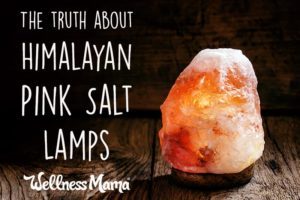 Many sources claim that salt lamps are natural negative ion generators, though there are some important points to understand:
Many sources claim that salt lamps are natural negative ion generators, though there are some important points to understand: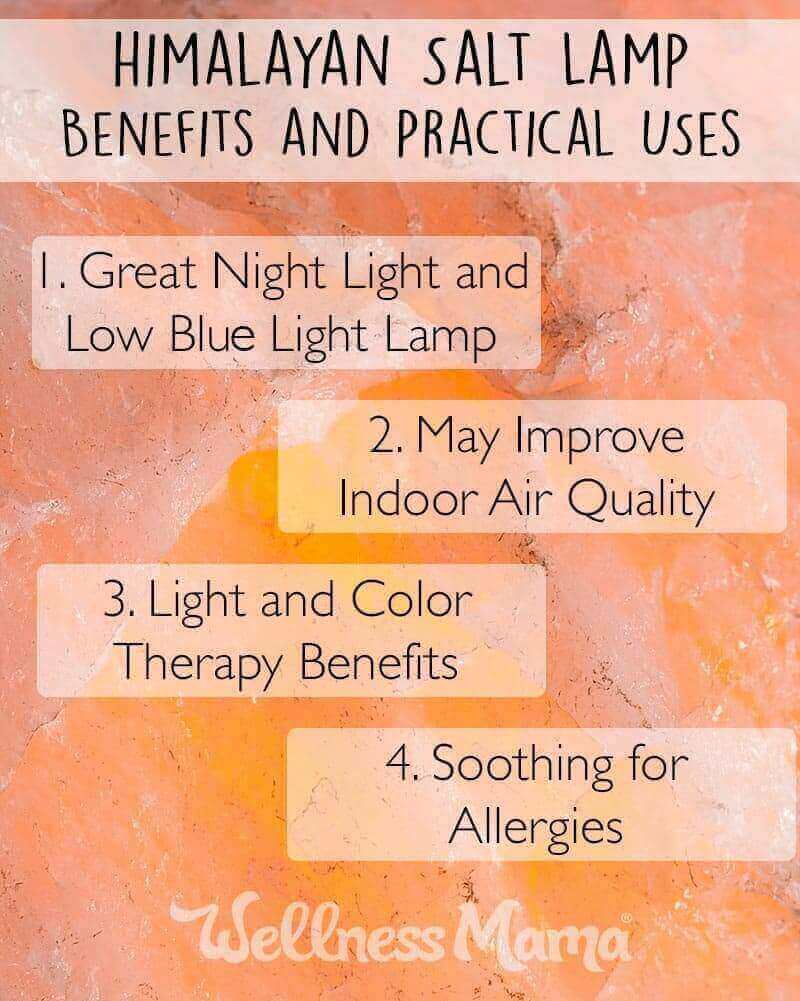


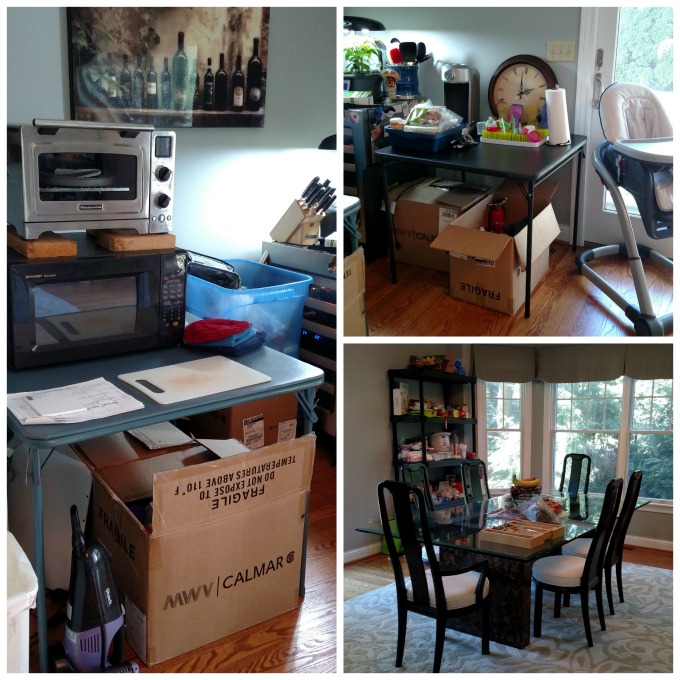


 – I’ve taken to buying the Starbucks iced coffee from the grocery store so I could eliminate the hassle of a coffee pot
– I’ve taken to buying the Starbucks iced coffee from the grocery store so I could eliminate the hassle of a coffee pot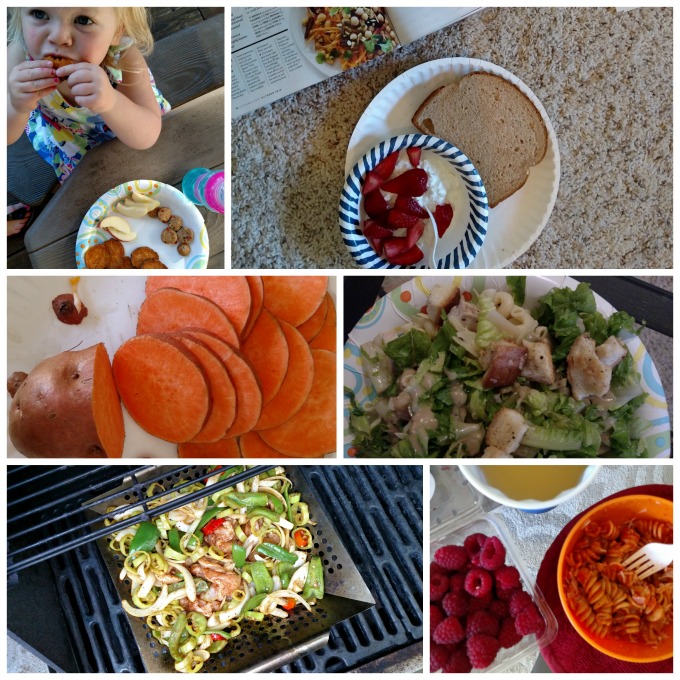



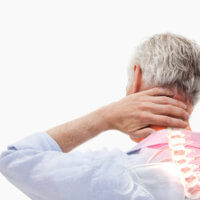



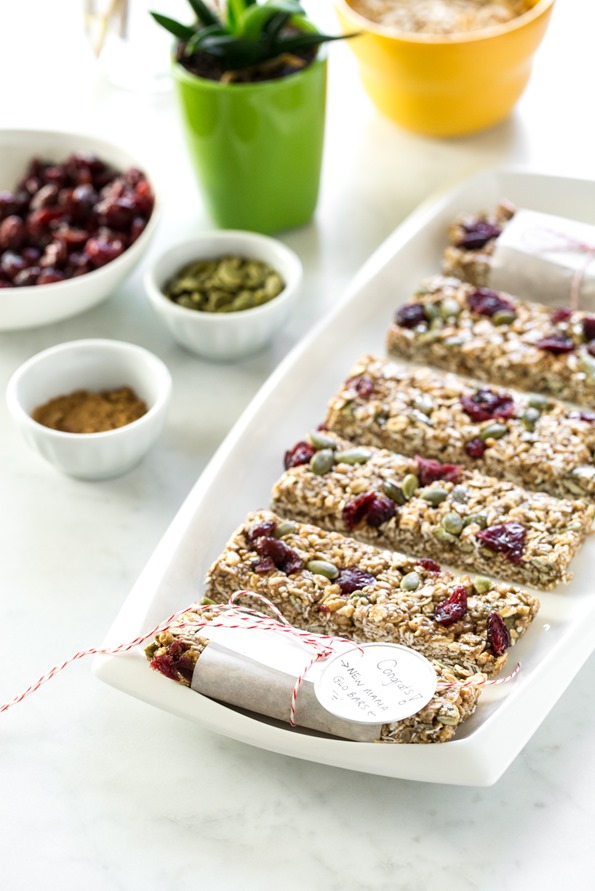



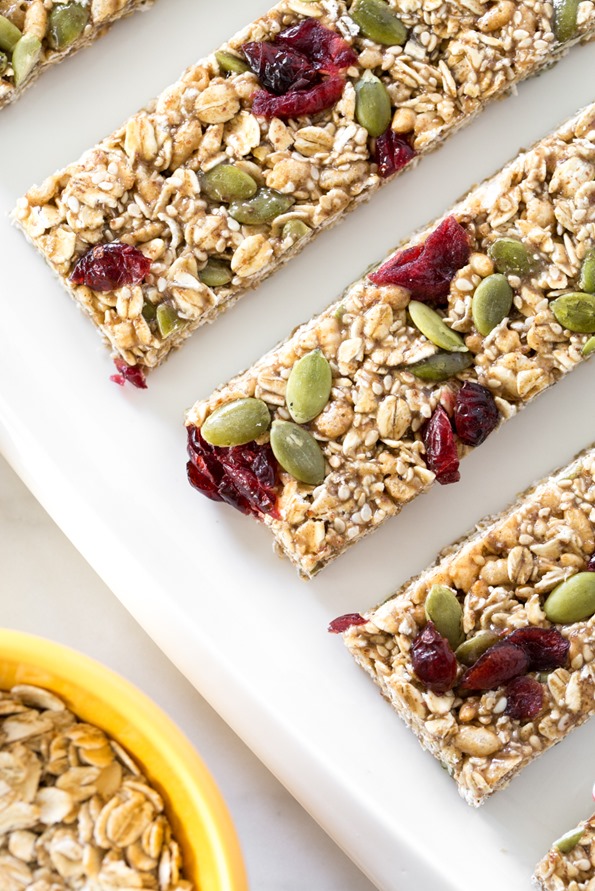
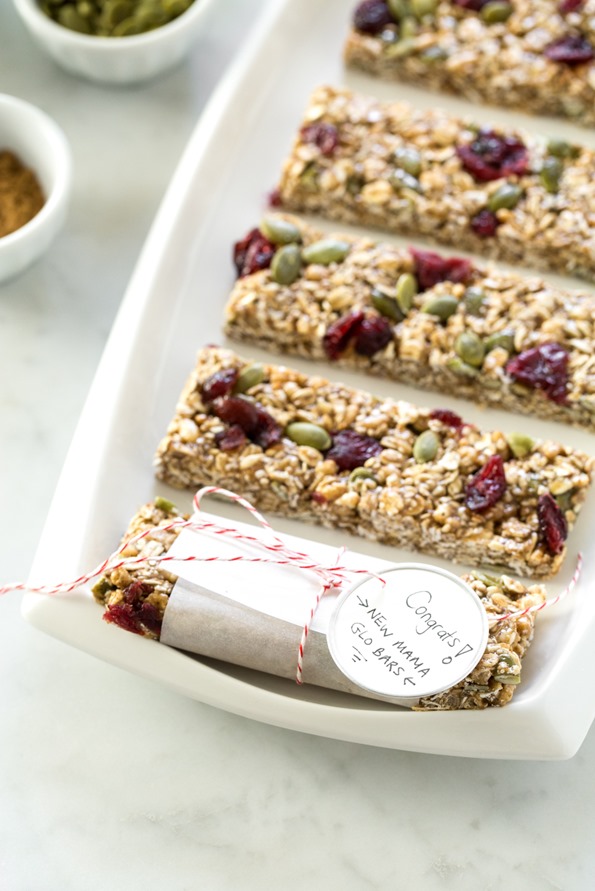

 Jim Larsen, M.Ed., has taught meditation and breathing practices since 1975. In 1990 Jim learned SKY Breathing Meditation and added this to his existing meditation practice. The results prompted him to travel to India to study with the founder of SKY. Jim currently teaches SKY and other meditation practices full-time with the nonprofit
Jim Larsen, M.Ed., has taught meditation and breathing practices since 1975. In 1990 Jim learned SKY Breathing Meditation and added this to his existing meditation practice. The results prompted him to travel to India to study with the founder of SKY. Jim currently teaches SKY and other meditation practices full-time with the nonprofit  Aditi Dave, M.D., is trained in both internal medicine and pediatrics, specializing in hospital-based medicine. She has been faculty of internal medicine at both the University of Michigan and Wake Forest University School of Medicine. She has had a 20 year interest in meditation and breathing practices leading to a self-study in mind-body medicine, and teaching meditation and breathing practices for the past 8 years. She is also the director of physician wellness and patient wellness programs for the International Association for Human Values.
Aditi Dave, M.D., is trained in both internal medicine and pediatrics, specializing in hospital-based medicine. She has been faculty of internal medicine at both the University of Michigan and Wake Forest University School of Medicine. She has had a 20 year interest in meditation and breathing practices leading to a self-study in mind-body medicine, and teaching meditation and breathing practices for the past 8 years. She is also the director of physician wellness and patient wellness programs for the International Association for Human Values.